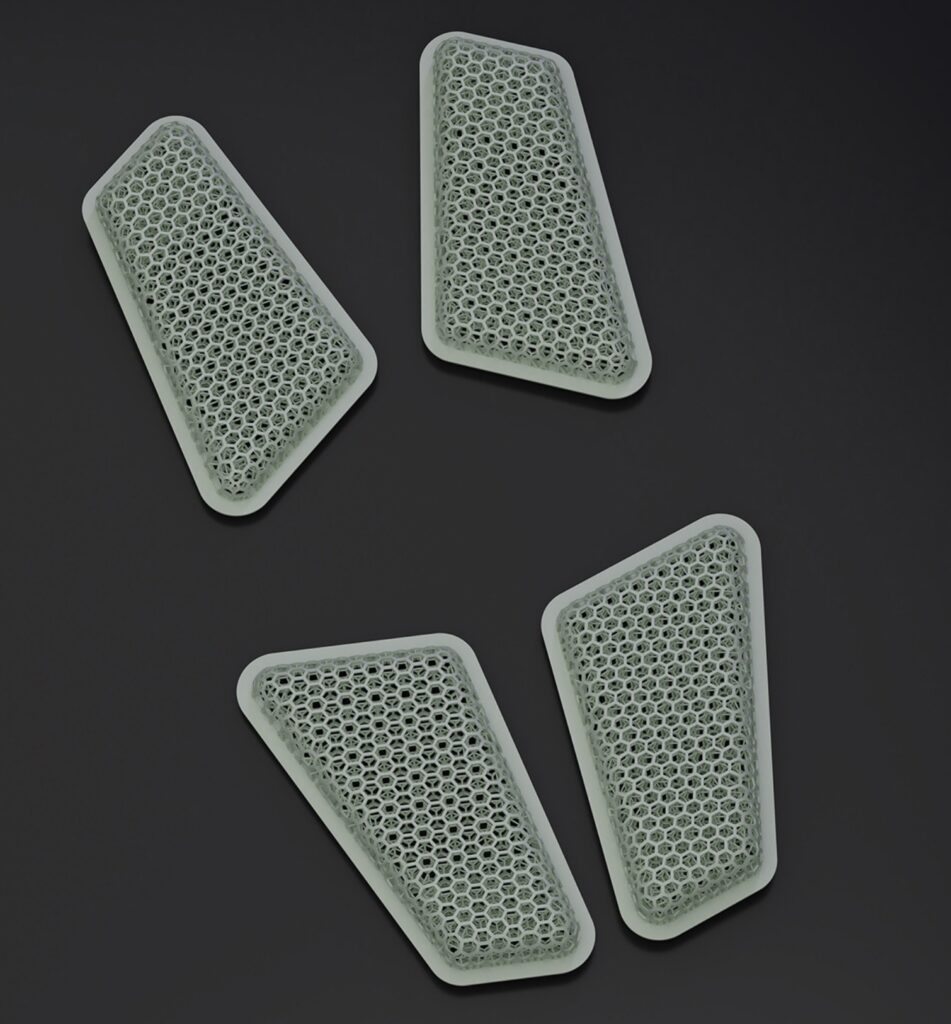Weber University’s Miller Advanced Research and Solutions Center (MARS Center) has bought an Impossible Objects Composite-Based Additive Manufacturing system the CBAM-2. It is now reportedly using the system to make upgrades to spare parts. This is something I’m super excited about the idea of not only replacing old spare parts but improving on them as well using 3D printing. It is helping the Air Force on making restraining straps for first aid kits. These were first made in the 70´s and 80´s but were breaking because newer first aid kids are heavier. Now they used PEEK CF parts made on Impossible Objects machine to replace them. I think that potentially there is an aftermarket for everything in the world and think that this is a great example of this.
In the paper, “Defining Soft Tissue: Bitmap Printing of Soft Tissue for Surgical Planning” by Robert MacCurdy and team the CU Boulder and CU Anschutz Medical Campus researchers of the University of Colorado have shown us how to make a six material bitmap based on a DICOM file. Using their own software the team now have a more accurate representation of the human body by defining it as a bitmap that maps voxels. This is great news for Stratasys for example whose J750 printers can take advantage of this through giving a more accurate 3D printed representation of soft tissue. The files now have better “spatial and contrast resolution to current 3D modeling methods, and contain previously unachievable spatial fidelity for soft tissue differentiation.”
So why don’t we do the same for Jack Wolfskin Aerorise backpacks? You can now buy these packs with four 3D printed back pads. They’re printed by Oechsler on Carbon systems using Carbon’s dual-cure elastomer EPU 41. They have lattices which have different hardness, softness and rigidity on different areas of the pad. This helps the pad give better cushioning and ventilation at the same time. But, what if we could combine Carbon’s ParaMatters software with Twikit or Trinkle and then have a voxel level mass customized lattice structure giving you a unique set of pads with unique properties for just you. So not just the size of them but the individual levels and areas of rigidity and softness especially and uniquely just for you. What if we then do this for shoes, headrests and tennis racket handles? Would be great right?
Subscribe to Our Email Newsletter
Stay up-to-date on all the latest news from the 3D printing industry and receive information and offers from third party vendors.
You May Also Like
Further Understanding of 3D Printing Design at ADDITIV Design World
ADDITIV is back once again! This time, the virtual platform for additive manufacturing will be holding the first-ever edition of ADDITIV Design World on May 23rd from 9:00 AM –...
3D Printer Maker EVO-tech Reborn as NEVO3D — Once More With Feeling
EVO-tech was a 3D printing service and original equipment manufacturer established in 2013 and based in Schörfling am Attersee, Austria. The company produced high-quality material extrusion systems featuring linear bearings,...
3D Systems Brings 3D Printed PEEK Cranial Implant to the U.S. with FDA Clearance
For more than 10 years, 3D Systems (NYSE:DDD) has worked hand-in-hand with surgeons to plan over 150,000 patient-specific cases, and develop more than two million instruments and implants from its...
CDFAM Returns to Berlin for Second Annual Symposium
The second CDFAM Computational Design Symposium is scheduled for May 7-8, 2024, in Berlin, and will convene leading experts in computational design across all scales. Building upon the first event...
































